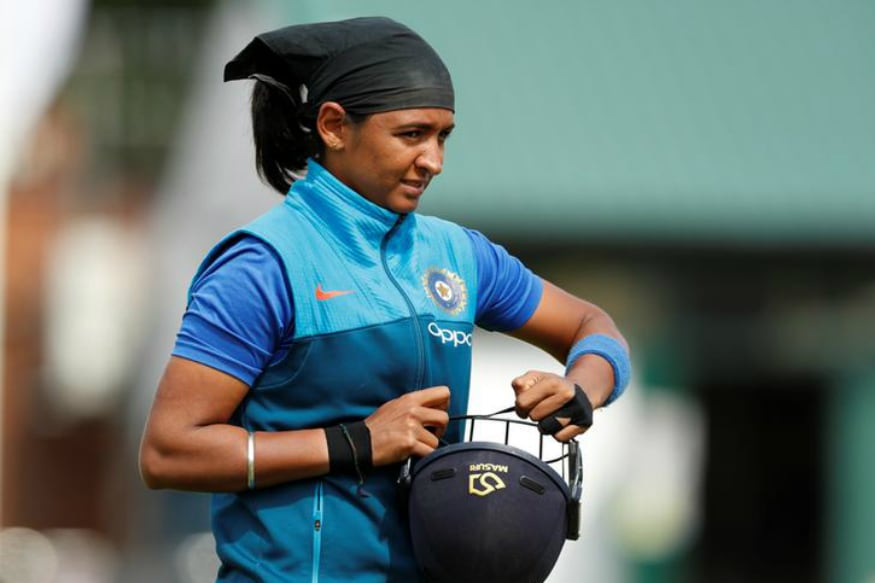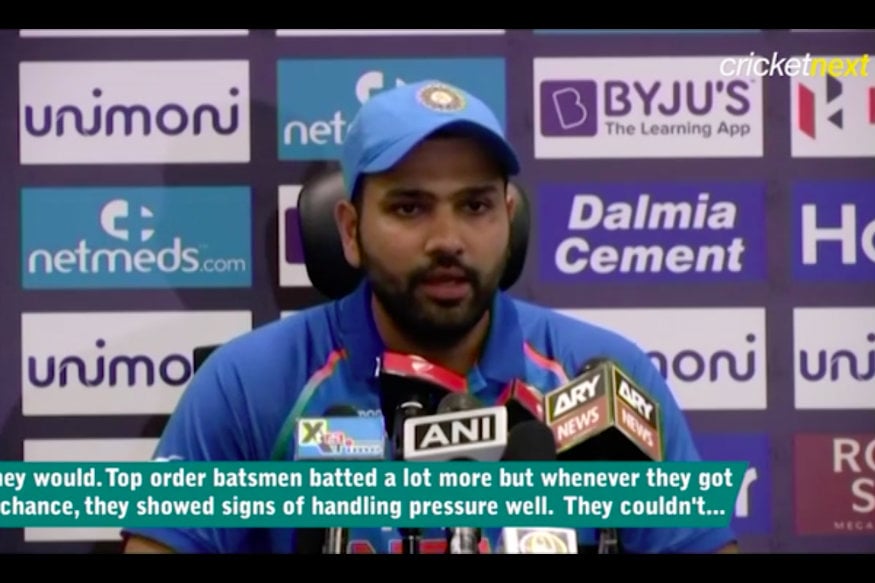
Loading...
There is a different vibe about the Indian women’s cricket team ever since their resplendent run at the 2017 World Cup in England. Not only can the increased confidence be seen in their fearlessness on the field, but the respect that the side has gained was also evident in the press conference that skipper Harmanpreet Kaur and coach Ramesh Powar addressed before flying off to the Caribbean for the World T20. The perception around women’s cricket has changed completely in the last 15 months or so but the sudden attention hasn't really affected the Indian unit who have prepped a strong contingent for the biennial event that starts on Friday.
It would have been a safer route to keep playing the same set of experienced cricketers for immediate success under the unprecedented gaze, but by being bold enough to risk losses, despite being well aware that a series of failures could hamper the popularity of women’s cricket, India have displayed a well-defined vision. In the absence of Jhulan Goswami, who retired from the shortest format recently, Powar has emphasized on the importance of creating leaders out of every single member in the squad, who will begin their campaign against New Zealand in the first game of the tournament. Hence Shikha Pandey, who played an important role in the World Cup last year was left out of the squad altogether, and the management never failed to play Deepti Sharma over Ekta Bisht in the recent T20I games that India participated in. With the average age of the side just 24, the door of opportunity has been opened for the younger legs and how they progress over the next few weeks will plot the road-map for women’s cricket in India. Clubbed in the group of death with Australia, New Zealand, Pakistan and Ireland, the Indians stand to gain valuable lessons against world beaters, but it remains to be seen whether exuberance can trump experience.
Despite talk floating around about the changed mindset and intent of the Indian camp, it will eventually boil down to the quality of the players in the midst. Former White Ferns skipper Suzie Bates, ranked No.1 in the format, is considered one of the legends of the game and her recent form in T20Is makes her a dangerous proposition. She has scored runs at an average of 52.66 in 17 T20Is since November 2017 and with India in all probability fielding either Arundhati Reddy or Pooja Vastrakar as the lone pacer, Bates would be eager to latch on . Players like Sophie Devine, skipper Amy Satterthwaite, wicket-keeper Katey Martin and big-hitter Jess Watkin can cause adequate damage on Guyana wicket that is expected to be slow and low, but their capitulation against the Windies spinners in the practice game will inflict a sense of energy into the Indian side, who will be relying on a four-bowler spin attack.
Poonam Yadav, the second-ranked bowler in T20Is at the moment, has taken over the reigns from Bisht to spearhead the spin bowling department. She averages an impressive 13.34 with the ball in her 43-match T20I career, and will be bowling in the middle overs, with the aim of curbing the Kiwi big-hitters. If the practice matches are anything to go by - India defeated the Windies and England comprehensively, with Poonam starring in both matches - the 27-year-old will have a huge role to play in the first encounter of the WT20. Anuja Patil, Bisht, Deepti Sharma and Radha Yadav round up the spin bowling attack. However, it is the batting which has been a worry for India team in the last year or so. Only two players in the line-up have averaged more than 35 in the last 12 months in the format and Jemimah Rodrigues’ strike-rate of 137.14 is the highest. Other than the teenager, only Smriti Mandhana strikes at more than 130, and the sedate batting can prove to be the biggest hindrance. A marked change though has come about the team ever since they were given a wake-up call after consecutive losses to Bangladesh in the T20 Asia Cup earlier this year. The opener chose to be aggressive in the T20Is against Sri Lanka despite three failures. Her stint in the Kia Super League has made her look more assured; with a stronger footwork and delectable wristy strokes. Mithali Raj too looked to up the scoring rate with quick singles despite not crossing 20 even once against Sri Lanka and the young duo of Rodrigues and Taniya Bhatia flexed their muscles, but not mindlessly, to thwart the dullness that usually prevails in the middle overs. Captain Harmanpreet Kaur has racked up the most runs in T20Is from India in the last 12 months and she remains vital to India's chances at the marquee event.
Despite the batting unit not performing as a unit consistently, scores of 170 were often seen in the series against Sri Lanka and Australia A, which Powar believes indicates the fire-power present in the batting department. Without much baggage, the youngsters from the Indian camp would be eager to play alongside their senior pros and script another path-breaking milestone in Indian women’s cricket. India have not entered the semi-final of the WT20 since 2010, and though they might not seem dangerous on paper, the flair and panache they possess can give the relatively settled Kiwi outfit a real scare in the tournament opener.
Squads
India: Harmanpreet Kaur(c), Smriti Mandhana, Mithali Raj, Jemimah Rodrigues, Veda Krishnamurthy, Deepti Sharma, Taniya Bhatia, Poonam Yadav, Radha Yadav, Anuja Patil, Ekta Bisht, Dayalan Hemalatha, Mansi Joshi, Pooja Vastrakar, Arundhati Reddy
New Zealand: Amy Satterthwaite(c), Suzie Bates, Bernadine Bezuidenhout, Sophie Devine, KE Ebrahim, Maddy Green, Holly Huddleston, Hayley Jensen, Leigh Kasperek, Amelia Kerr, Katey Martin, Lea Tahuhu, Jess Watkin, Anna Peterson, Hannah Rowe“After the setback in the Asia Cup, everyone went back and worked hard. You can see everyone is up to the mark where you need to be at the international standard”, vice-captain Mandhana said.
First Published: November 9, 2018, 2:01 PM IST


 GET APP
GET APP
 Formidable Kiwis High-Flying India’s First Challenge at World T20
Formidable Kiwis High-Flying India’s First Challenge at World T20 QUIZ | How Well Do You Remember Previous Editions of the Women's World T20s?
QUIZ | How Well Do You Remember Previous Editions of the Women's World T20s?




